The Valley of the Queens is an ancient Egyptian burial site located on the west bank of the Nile River, near Luxor, and is considered one of the most significant archaeological sites in Egypt. The valley served as the final resting place for the queens and royal children of the New Kingdom period, specifically from the 18th, 19th, and 20th Dynasties. Unlike the Valley of the Kings, where the majority of Egypt’s pharaohs were buried, the Valley of the Queens was reserved for the wives, mothers, and children of the pharaohs. Despite being smaller and less well-known than the Valley of the Kings, the Valley of the Queens holds exceptional archaeological and historical importance. The tombs in the valley are home to impressive artwork and inscriptions that offer a glimpse into the lives, beliefs, and practices of Egypt’s royal families. The valley includes around 80 tombs, but only a handful are open to the public. The tombs are laid out in a pattern similar to the Valley of the Kings, with deep shafts leading to burial chambers. The Valley of the Queens is home to some of the most exquisite examples of New Kingdom tomb art, particularly the tomb of Nefertari, the wife of Ramses II. These tombs provide valuable insights into the social and religious roles of royal women and children, their burial customs, and their connection to the divine. Today, the valley remains a quiet yet awe-inspiring site that attracts scholars, archaeologists, and tourists interested in exploring Egypt’s royal history from a different perspective than that offered by the more famous tombs of the pharaohs.
- Egypt Tour Magic
- Egypt Tour Packages
- Excursions in Egypt
- Cairo Tours and Excursions
- Hurghada Tours and Excursions
- Soma Bay Tours and Excursions
- Makadi Bay Tours and Excursions
- Sahl Hasheesh Tours and Excursions
- El Gouna Tours and Excursions
- Marsa Alam Tours and Excursions
- Port Ghalib Tours and Excursions
- El Quseir Tours and Excursions
- Dendera and Abydos Day Tours
- Aswan Tours and Excursions
- Luxor Tours and Excursions
- Alexandria Tours and Excursions
- Sharm El Sheikh Tours and Excursions
- Top Rated Tours in 2025
- Optional Excursions in Egypt
- Private Transfer
- Blogs About egypt
- Ancient Egypt
- What You Need To know Before Your First Trip To Egypt
- Best Places to Visit in Egypt 2025
- Top Attractions in Red Sea Resorts 2025
- Top 10 Tourist Activities in Egypt
- Top 30 Activities You Can’t Miss in Egypt
- The Guide to Guided Tours in Egypt
- Egypt’s Ancient and Modern History
- The Nile River
- The Deserts of Egypt
- Historical Sites in Egypt
- Cairo
- Alexandria
- Luxor
- Aswan
- The Red Sea
- Dendera Temple
- El Fayoum Oasis
- Bahariya Oasis
- Siwa Oasis
- Al Alamein
- Marsa Matruh
- Ancient Egyptian gods
- famous Egyptian dishes
- UNESCO World Heritage sites
- About Us
- Why Egypt Tour Magic
- Egypt Tour Magic
- Egypt Tour Packages
- Excursions in Egypt
- Cairo Tours and Excursions
- Hurghada Tours and Excursions
- Soma Bay Tours and Excursions
- Makadi Bay Tours and Excursions
- Sahl Hasheesh Tours and Excursions
- El Gouna Tours and Excursions
- Marsa Alam Tours and Excursions
- Port Ghalib Tours and Excursions
- El Quseir Tours and Excursions
- Dendera and Abydos Day Tours
- Aswan Tours and Excursions
- Luxor Tours and Excursions
- Alexandria Tours and Excursions
- Sharm El Sheikh Tours and Excursions
- Top Rated Tours in 2025
- Optional Excursions in Egypt
- Private Transfer
- Blogs About egypt
- Ancient Egypt
- What You Need To know Before Your First Trip To Egypt
- Best Places to Visit in Egypt 2025
- Top Attractions in Red Sea Resorts 2025
- Top 10 Tourist Activities in Egypt
- Top 30 Activities You Can’t Miss in Egypt
- The Guide to Guided Tours in Egypt
- Egypt’s Ancient and Modern History
- The Nile River
- The Deserts of Egypt
- Historical Sites in Egypt
- Cairo
- Alexandria
- Luxor
- Aswan
- The Red Sea
- Dendera Temple
- El Fayoum Oasis
- Bahariya Oasis
- Siwa Oasis
- Al Alamein
- Marsa Matruh
- Ancient Egyptian gods
- famous Egyptian dishes
- UNESCO World Heritage sites
- About Us
- Why Egypt Tour Magic
Unveiling the Mysteries of the Valley of the Queens

Tomb Architecture and Decoration
The tombs in the Valley of the Queens are remarkable examples of ancient Egyptian architecture and artistic expression. The layout of the tombs typically follows a similar design: an entrance shaft leading to a series of corridors and chambers, with each chamber dedicated to various religious or funerary themes. The burial chambers themselves are often adorned with intricate and vibrant murals that depict scenes from the Book of the Dead and other funerary texts, as well as depictions of the deceased with gods, goddesses, and scenes from daily life. These decorations served not only to honor the deceased but also to aid them in their journey to the afterlife. The tombs’ architectural design and decoration reflect the royal status of the individuals buried there. In the case of the tomb of Nefertari, one of the most famous and well-preserved tombs in the valley, the walls are covered in exquisite paintings that depict Nefertari in the company of gods, such as Isis, Osiris, and Horus. These divine figures were believed to help guide the queen through the challenges of the afterlife, ensuring her protection and ultimate resurrection. The quality of the tomb’s artwork is remarkable, with intricate details and rich color schemes that have survived for over three millennia. While the tombs in the Valley of the Queens are generally smaller than those in the Valley of the Kings, they are still awe-inspiring in their beauty and craftsmanship. The walls of these tombs provide valuable insights into the religious beliefs, artistic traditions, and funerary practices of ancient Egypt, making them a treasure trove for archaeologists and historians.
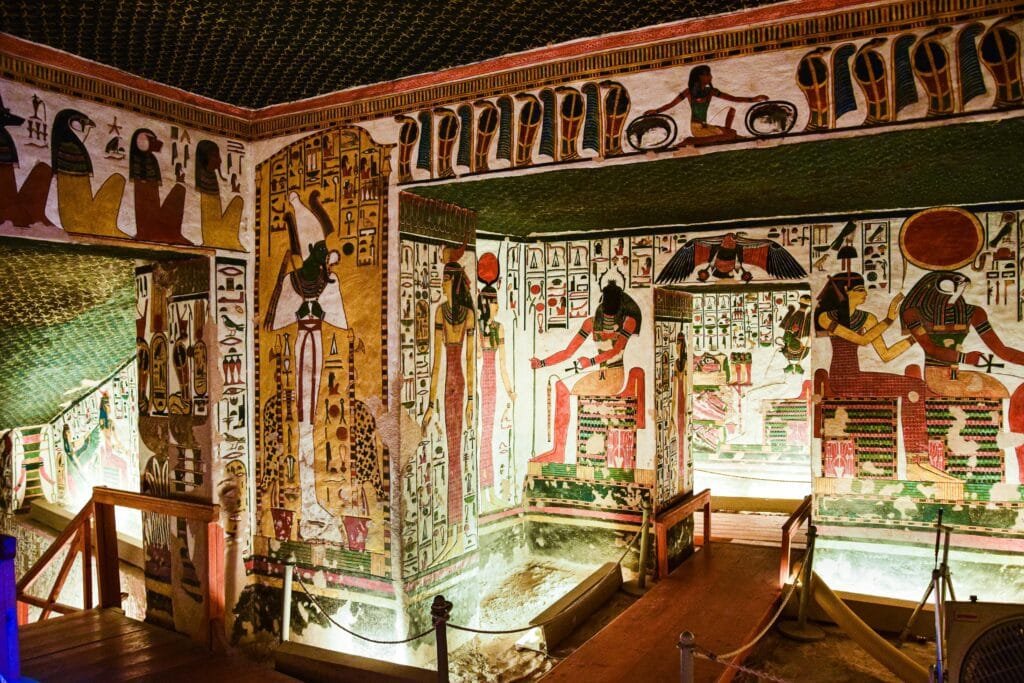
Notable Pharaohs Buried in the Valley of the Kings
Several tombs in the Valley of the Queens are particularly noteworthy for their historical significance, artistic quality, and state of preservation. Among these, the tomb of Nefertari stands out as one of the most iconic. Nefertari was the chief wife of Ramses II, often considered one of the most powerful pharaohs of ancient Egypt. Her tomb (designated QV66) is renowned for its extraordinary wall paintings, which are some of the finest examples of New Kingdom art. The murals in Nefertari’s tomb depict her in the company of gods and goddesses, as well as scenes of her performing various religious rituals, including offerings to the gods. The tomb’s vivid colors and exquisite detail make it one of the most celebrated burial sites of ancient Egypt. Another important tomb in the valley is that of Titi, another consort of Ramses II. The tomb of Titi (designated QV52) is notable for its well-preserved reliefs, which depict the queen alongside the gods and her royal family. While not as famous as Nefertari’s tomb, Titi’s tomb still offers valuable insights into the role of royal women in the New Kingdom and their relationship with the divine. The tomb of Amun-her-khepeshef, a son of Ramses II, is another notable burial in the valley. Although it is smaller and less decorated than the tombs of the queens, it is still important because it highlights the royal family’s practices surrounding death and the afterlife. These tombs, among others in the valley, offer a glimpse into the royal families’ lives and their complex religious beliefs, further enriching our understanding of ancient Egypt.
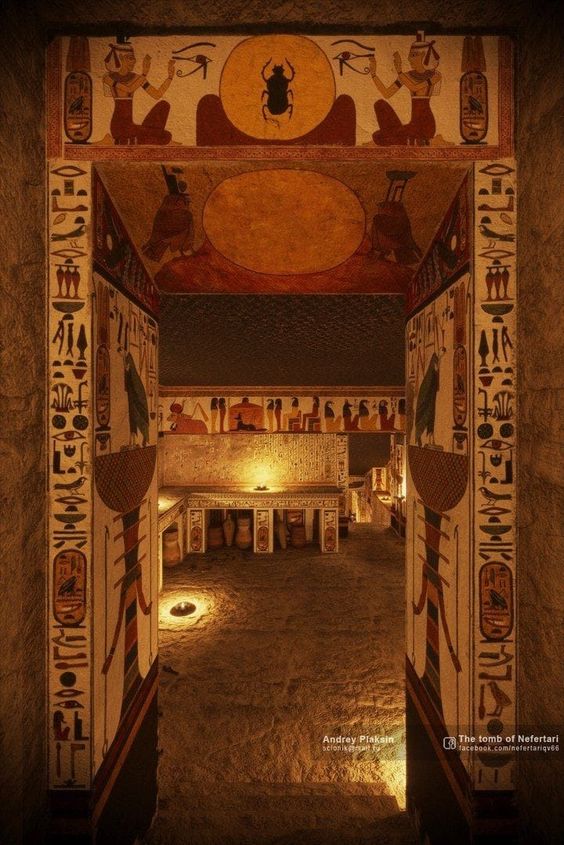
Preservation and Modern-Day Significance
The preservation of the Valley of the Queens has been an ongoing challenge due to the natural erosion caused by environmental factors, as well as the impact of modern tourism. The tombs, especially those of significant queens like Nefertari, are highly vulnerable to damage from humidity, temperature fluctuations, and the natural degradation of materials over time. The Egyptian government, in collaboration with international organizations, has undertaken numerous preservation efforts to protect these invaluable tombs. One of the most crucial steps in preserving the site has been the implementation of humidity control systems and other advanced conservation technologies to reduce the effects of the environment. In some cases, the tombs have been closed to the public, or access has been restricted to prevent further damage. For example, Nefertari’s tomb is only accessible to a limited number of visitors each day to minimize the risk of deterioration. In addition to these conservation efforts, the Egyptian government has worked to regulate the number of tourists visiting the valley to strike a balance between preserving the site and allowing for continued exploration. These efforts are crucial, as the Valley of the Queens remains an important part of Egypt’s cultural heritage. The tombs not only provide insights into the funerary practices and religious beliefs of ancient Egypt but also hold immense historical value in understanding the lives of the queens and royal family members. As conservation technology continues to improve, the tombs in the Valley of the Queens are likely to remain preserved for future generations to explore and study.
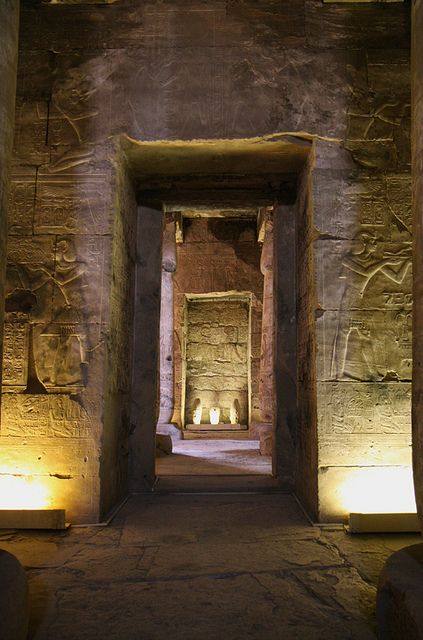
Tourism in the Valley of the Queens
While the Valley of the Queens may not receive the same level of attention as the Valley of the Kings, it remains an important and fascinating destination for tourists interested in ancient Egyptian history and archaeology. Due to its more remote location and smaller scale, the valley offers a quieter, more serene experience compared to the bustling crowds that often visit the Valley of the Kings. Visitors to the valley can explore several tombs that are open to the public, including the famous tomb of Nefertari, which remains one of Egypt’s most iconic burial sites. Due to the fragile nature of the tombs, access to Nefertari’s tomb is restricted, with only a limited number of visitors allowed each day. This ensures that the tomb’s intricate murals and frescoes are preserved for future generations. Other tombs in the valley, such as those of Titi and Amun-her-khepeshef, are also accessible and offer visitors a chance to see some of the finest examples of ancient Egyptian funerary art. Tourism in the Valley of the Queens has been carefully regulated to prevent damage to the tombs while allowing visitors to experience the awe-inspiring art and history of the site. In addition to tomb exploration, visitors can also explore nearby sites like the Temple of Hatshepsut and the Colossi of Memnon, which are part of the larger archaeological complex on the west bank of Luxor. Despite its relatively low profile compared to other Egyptian sites, the Valley of the Queens offers a unique opportunity to connect with Egypt’s royal history and its rich cultural heritage.
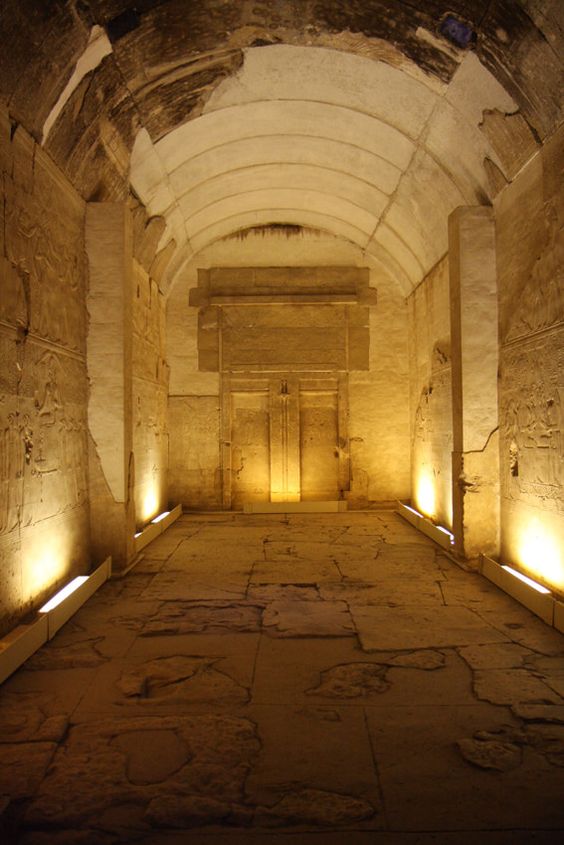
The Role of Royal Women in Ancient Egypt
The Valley of the Queens holds special significance in the context of ancient Egyptian society because it offers valuable insights into the role of royal women. While much of Egypt’s history is often associated with the male pharaohs, the royal women who were buried in the Valley of the Queens played an essential part in the political, religious, and social life of ancient Egypt. Queens, like Nefertari and Titi, were not only wives of pharaohs but were also seen as key figures in ensuring the stability and prosperity of the kingdom. Many royal women held titles such as Great Wife of the King, Mother of the King, or even Divine Adoratrice of Amun, which reflected their status within the royal family and their influence in political and religious matters. In some cases, queens and royal women wielded considerable power, especially if their husbands or sons were young or inexperienced. For example, Hatshepsut, although not buried in the Valley of the Queens, rose to become a pharaoh in her own right, ruling as the sole monarch for over two decades. Many queens, particularly during the New Kingdom, had significant religious roles, often depicted as mediators between the gods and the people. Their burial in the Valley of the Queens was not just a reflection of their royal status, but also an indication of their spiritual significance. Their tombs were richly adorned with religious iconography, prayers, and offerings to the gods, signifying their belief in a secure afterlife. The artwork and inscriptions in these tombs often show the queens performing rituals, which reinforced their roles as essential participants in the religious life of Egypt. Thus, the Valley of the Queens underscores the importance of these royal women, whose contributions were crucial to the functioning of the ancient Egyptian state.
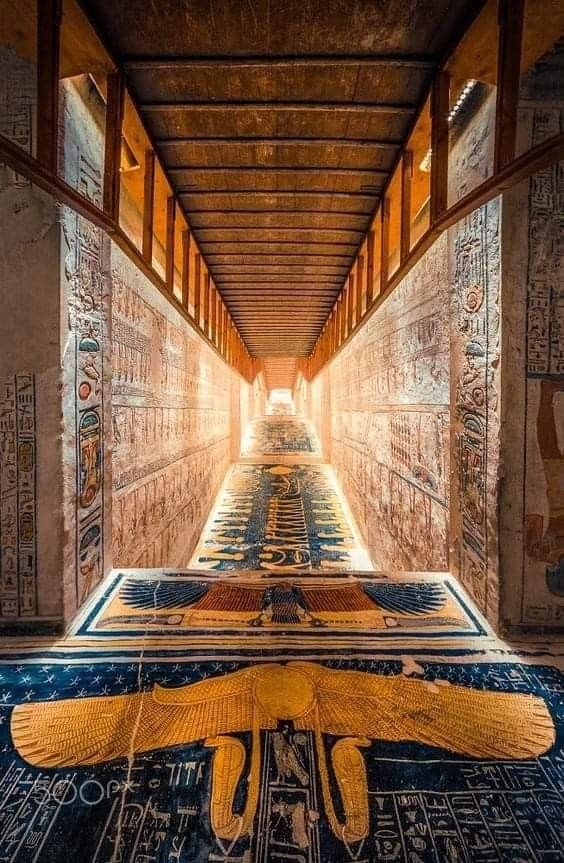
Funerary Practices and Burial Rituals in the Valley of the Queens
The tombs in the Valley of the Queens offer fascinating insights into the funerary practices and burial rituals of ancient Egypt, especially as they pertain to the royal family. The Egyptians had an intricate and highly developed belief system surrounding death and the afterlife, and the tombs of the queens were designed to reflect these religious practices. Like the tombs in the Valley of the Kings, the burial chambers in the Valley of the Queens were constructed with the purpose of ensuring the deceased’s safe passage into the afterlife, where they would live eternally in the presence of the gods. The architecture of these tombs was meant to replicate the deceased's journey through the afterlife, and the walls were adorned with detailed scenes from the Book of the Dead and other religious texts. These texts provided instructions and spells to protect the deceased from various dangers encountered on their journey to the afterlife. In addition to the religious texts, the tombs also contained depictions of offerings and ceremonies meant to guarantee the deceased’s comfort in the next life. Items such as food, clothing, and jewelry were placed in the tombs as provisions for the afterlife. Funerary rituals played a vital role in the royal family’s beliefs, and the deceased queens were often shown being guided by gods and goddesses, such as Osiris, Isis, and Anubis, in these paintings. This helped the deceased overcome the challenges of the afterlife and secure their immortality. The tombs of the queens also reflect a deep sense of family connection, with many showing scenes of the queens interacting with their children or husbands. These depictions were meant to show that the bond between the deceased and their royal family continued even after death. Through these elaborate burial rituals, the Valley of the Queens reveals much about how the ancient Egyptians viewed life, death, and the afterlife, providing a window into their deeply spiritual and rich culture.


